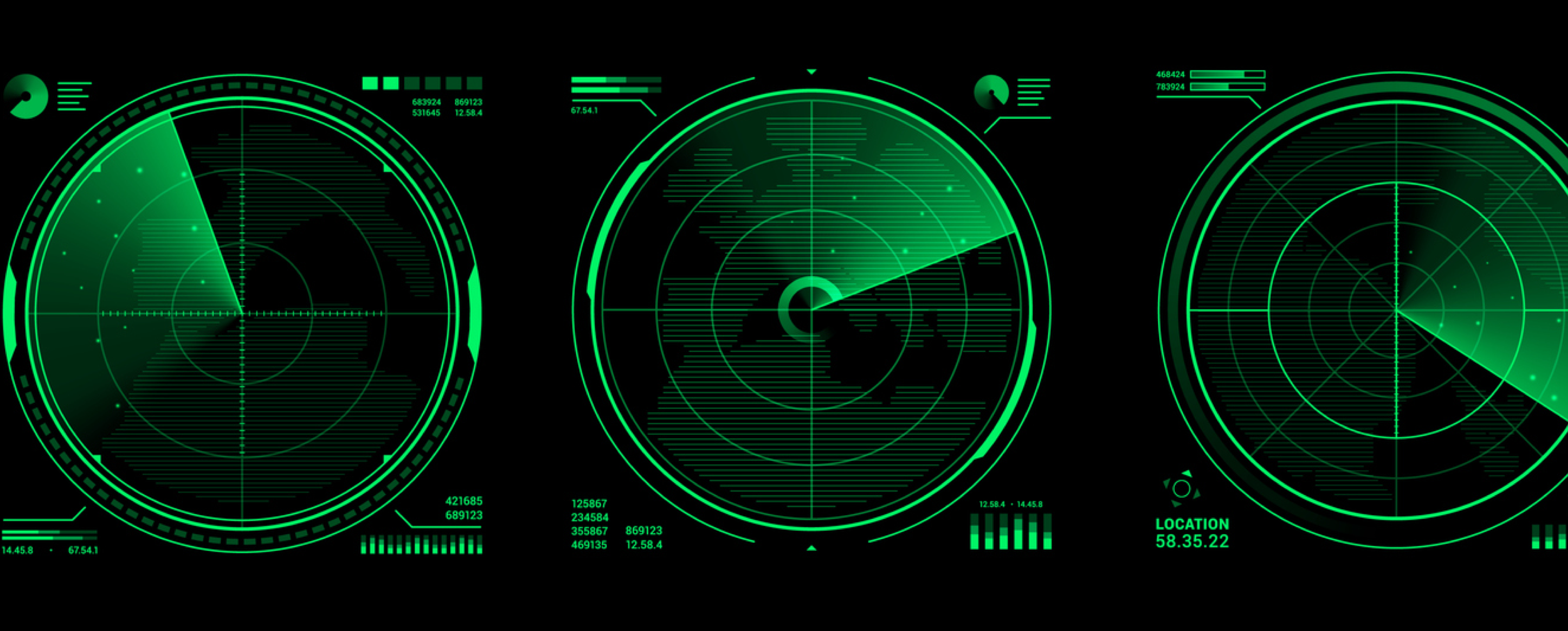The earliest signs of debt aren’t financial at all — they’re behavioural
When SmartMeasures began, our focus was on predicting customer churn. We were helping energy retailers spot the early signs that a customer was preparing to leave. The challenge wasn’t just identifying risk — it was timing.
The prediction needed to flag when a customer was on the verge of leaving but hadn’t yet taken action. That created a crucial window where we could intervene with retention messages, rebuild trust, and ultimately change the outcome.
That experience — learning how to find the subtle signals of churn risk early enough to make a difference — gave us a unique perspective when we turned our attention to a different, and arguably more urgent, challenge: customer debt.
Why debt prediction is different
At first glance, debt seems like a financial problem, so it’s easy to assume you need financial data to predict it. But the reality is, once financial indicators appear — missed payments, overdue notices, broken arrangements — it’s already too late. By then, the debt has taken hold, the options are fewer, and the relationship is under strain.
Because we had spent years predicting churn using first-party data — usage patterns, service interactions, billing behaviour, digital engagement — we asked a simple question: could the same signals uncover early debt risk?
The answer was yes.
Debt, like churn, is a behaviour. Both have early indicators that don’t immediately show up in financials. But debt prediction proved to be more complex than churn prediction. And that’s exactly why collections innovation in energy utilities needs to move beyond traditional approaches.
Different Types of debt customers
Where churn is essentially a single behaviour — leaving — debt is far more varied. Through our work, we identified three distinct groups:
![]() Unexpected
Unexpected
Customers new to debt. A major change in life circumstances has disrupted their financial stability. They’ve never struggled before, and feelings of shame often stop them from seeking support — especially as they may not even realise that help is available.
![]() Battlers
Battlers
These customers have been on payment plans or hardship programs before. For them, financial stress is familiar and ongoing. They have been helped before and expect to be helped again.
![]() Unwilling
Unwilling
A small but high-impact group. They don’t dispute they’ve used the energy, but they have no intention of paying or engaging.
Each group requires a different approach. Treating them all the same isn’t just ineffective — it risks making outcomes worse.
When the energy bill isn’t on their mind
In the early stages of financial stress, the last thing customers are thinking about is their energy bill. Their attention is on the crisis — and often, feelings of shame or fear stop them from asking for help. This is why so many hardship programs go unused.
By identifying risk before it becomes visible in the financials, we can step in earlier — when debts are smaller, when customers are more open to support, and when trust can still be preserved.
That’s where behavioural signals become powerful. They reveal stress before it shows up on the ledger. And because much of human behaviour is unconscious, it takes expertise in both AI and behavioural science to interpret these signals and design communications that trigger the right response. This is what enables proactive support for vulnerable customers.
A different starting point
Most organisations trying to predict debt focus on financial indicators that only appear once the problem has already taken hold, or they rely on third-party credit data and scores. SmartMeasures takes a different path — using first-party behavioural signals to detect financial stress early, when intervention is still possible.That gave us two advantages:
- Fresh perspective – We weren’t tied to financial red flags. We knew that behaviour could be the earliest predictor.
- Customer-first lens – Our focus was on improving outcomes for customers, not just protecting the bottom line.
This approach, powered by AI solutions for energy collections, means utilities can both improve recovery rates and provide better support to households experiencing hardship.
From Churn to Debt
What began as expertise in churn prediction became the foundation for innovation in debt prediction. The parallels are clear:
- Churn risk hides until it’s too late.
- Debt risk hides until it’s too late.
- Both can be uncovered earlier with the right signals.
By applying the lessons from churn prediction, we developed a new approach to predicting and preventing debt. The principle is simple but powerful:
Don’t wait for the red flags.
Spot the signs early.
Act before the crisis.
That’s how you create better outcomes for both customers and businesses.
If this approach resonates, feel free to connect—or share it with someone working on collections innovation. We’re always happy to chat at SmartMeasures.


